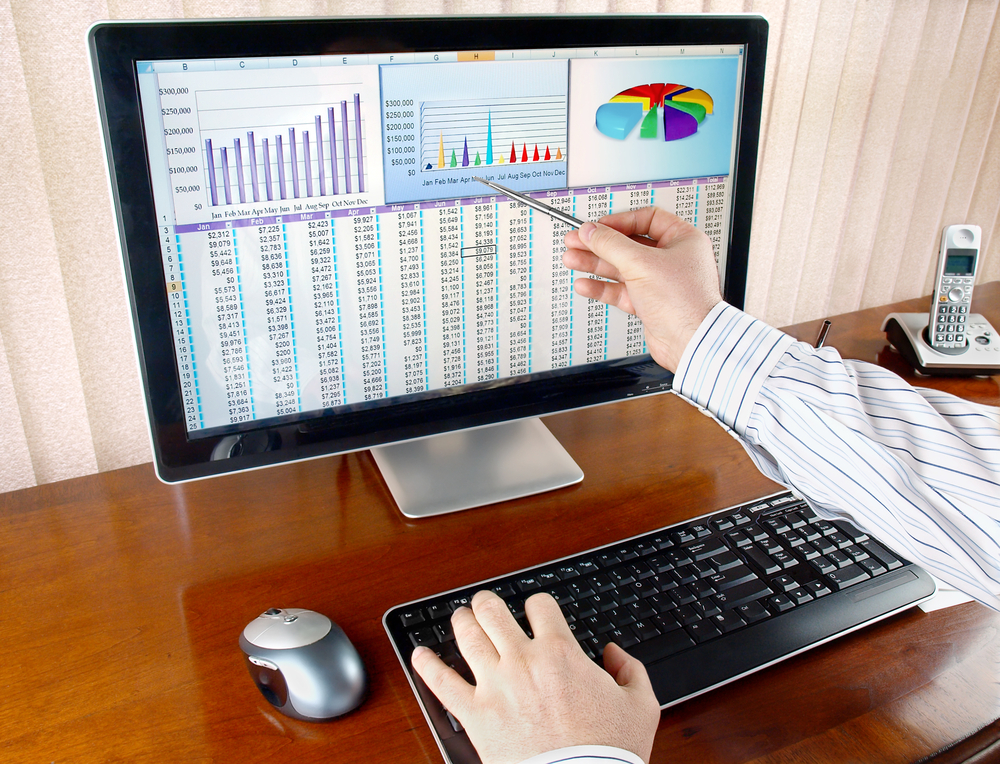 Chart of accounts are those accounts which are commonly used by medium or large corporation to classify its income statement, balance sheet items in a structured way by department, expenses, incomes, assets and liabilities of an organization.
Chart of accounts are those accounts which are commonly used by medium or large corporation to classify its income statement, balance sheet items in a structured way by department, expenses, incomes, assets and liabilities of an organization.
It is also a powerful tool for any organization to manage its expenses, revenue, assets and liabilities in order to understand the overall financial health of the organization. Normally all the charts of account run using accounting software which aggregate the entity financial information. The information can be sorted by department for any time frame.
Each account in the chart of accounts is typically assigned a unique number by which it can be identified. The unique number generally starts from numerical number from 1-5 where:
1 Represent Current Assets
2 Represent Current Liabilities
3 Represent Operating Incomes
4 Represent Cost of Goods Sold
5 Represent Operating Expenses
How to set up the chart of accounts?
Business owners can set up their business chart of accounts as shown below. As you can see in the table below, each account is assigned a unique number which is 5 digits long. It is the industry standard however, the business can shorten or make longer number as they wishes.
3 Ways Companies Can Lower Its Break-even Point | Tutorpace http://t.co/9pczMpH58d
— Tutor Pace (@TutorPace) July 27, 2015
Assets Side of Balance Sheet (account numbers start with 1)
Current Assets
10100 Cash – Regular Checking
10200 Cash – Payroll Checking
10600 Petty Cash in hand
12100 Accounts Receivable
12500 Provision for bad debt
13100 Inventories
14100 Supplies
15300 Prepaid Insurance
Fixed Assets:
17000 Land
17100 Buildings
17300 Equipment
17800 Vehicles
18100 Accumulated Depreciation – Buildings
18300 Accumulated Depreciation – Equipment
18800 Accumulated Depreciation – Vehicles
Liabilities Side Of Balance Sheet (account numbers start from 2)
Current Liabilities:
20110 Notes Payable- Line#1
20210 Notes Payable -Line #2
21000 Accounts Payable
22100 Wages Payable
23100 Interest Payable
24500 Unearned Incomes
Long-term Liabilities
25100 Mortgage Loan Payable
25600 Bonds Payable
25650 Discount Payable
Stockholders’ Equity
27100 Common Stock
27500 Retained Earnings
29500 Treasury Stock
Operating Incomes (account numbers start with 3)
31010 Sales
31022 Sales
32016 Sales
33110 Sales
Cost of Goods Sold (account numbers start from 40000)
41010 Cost of Goods Sold-Line#1 (COGS)
41022 Cost of Goods Sold -Line#2 (COGS)
42016 Cost of Goods Sold -Line#3 (COGS)
43110 Cost of Goods Sold -Line#4 (COGS)
Operating Expenses (account numbers start from 5)
50100 Salaries (Marketing)
50150 Payroll Taxes (Marketing)
50200 Supplies (Marketing)
50600 Telephones (Marketing)
59100 Salaries (others)
59150 Payroll Taxes (others)
59200 Supplies (others)
59600 Telephone (others)
Following the above structure, organization can structure their chart of accounts by expense, by sales department, marketing department, Engineering department and accounting department.
Still confused about how to set up chart of accounts? Connect with expert Online Accounting Tutor right now and learn how to set up chart of accounts for your business.
